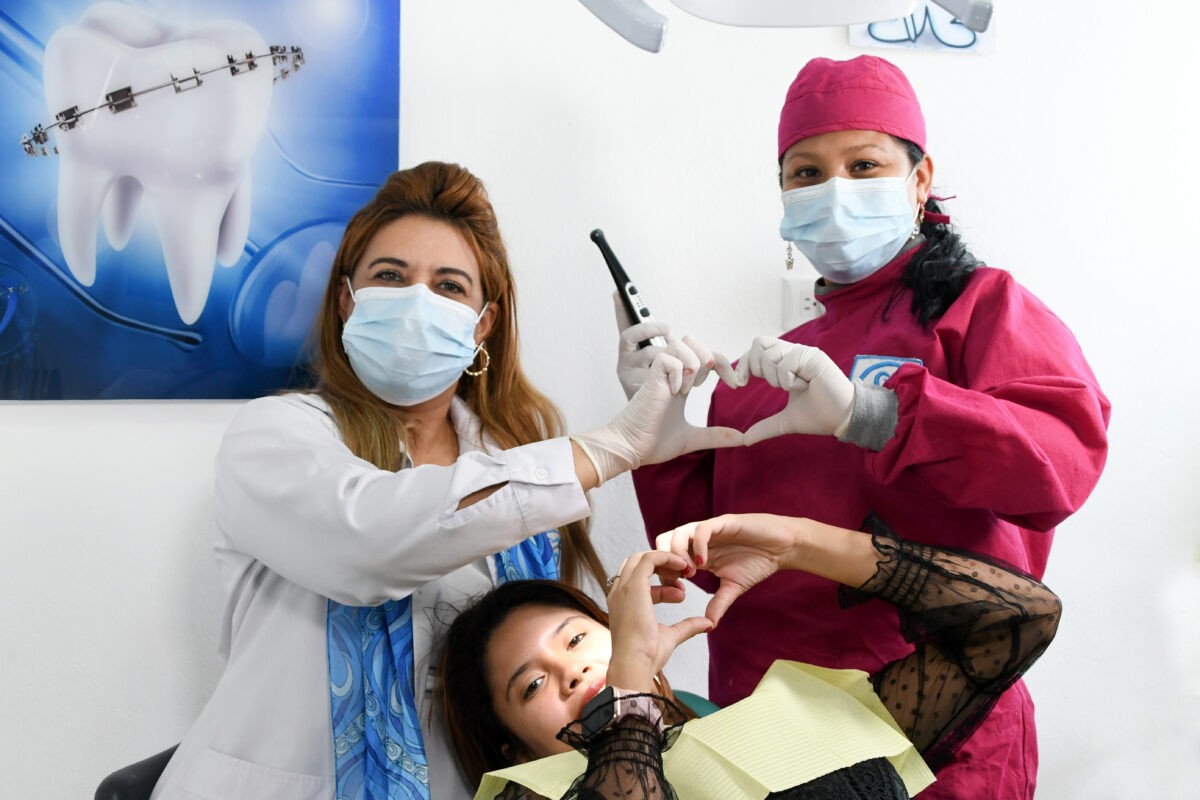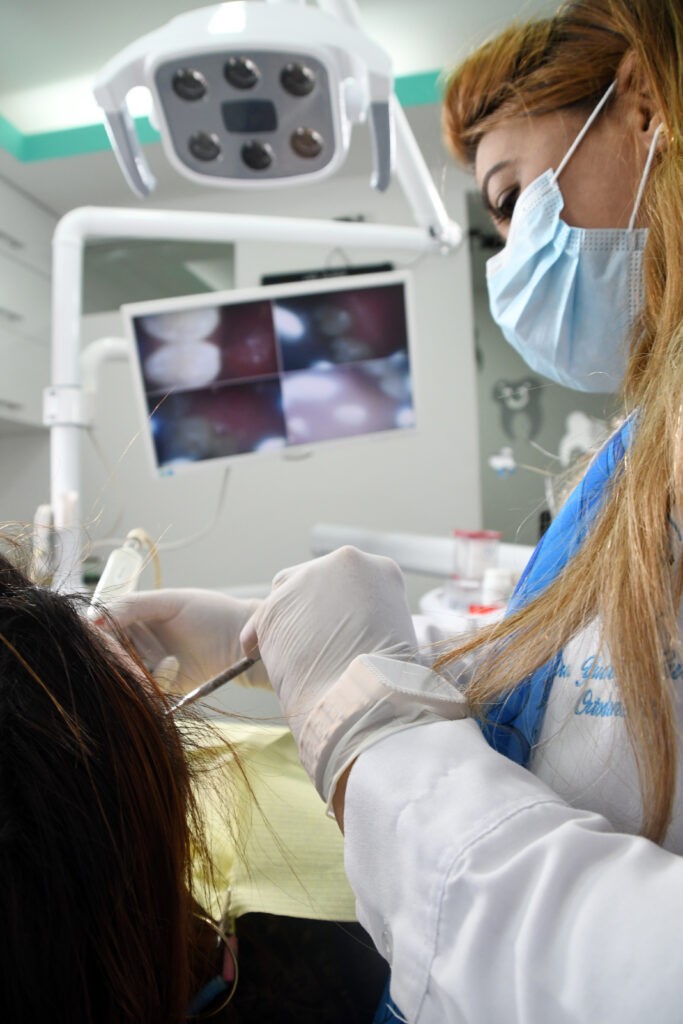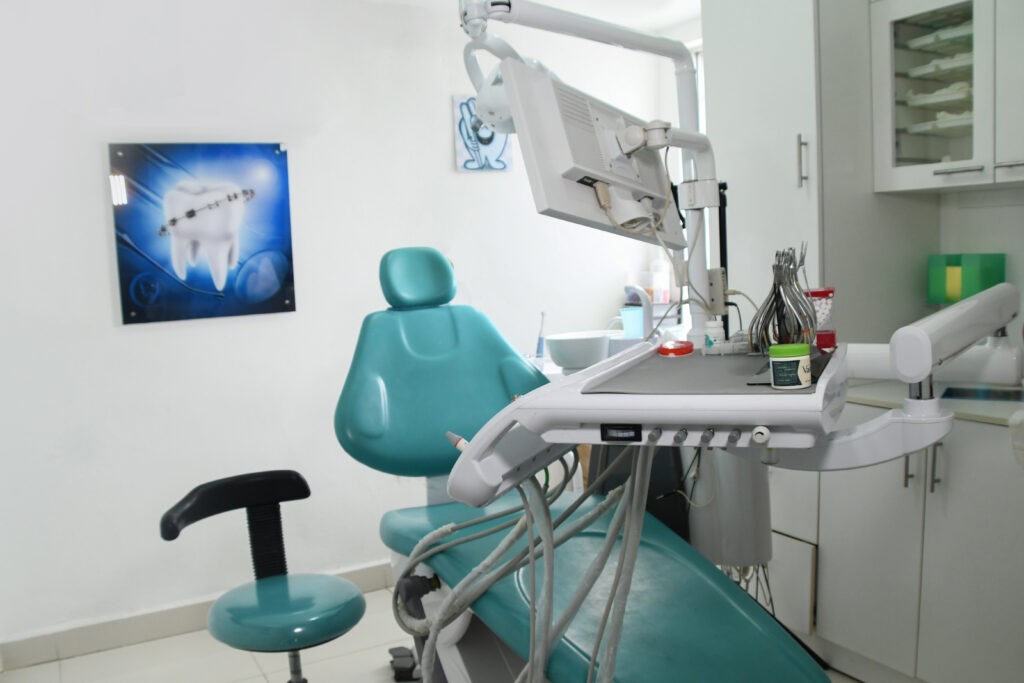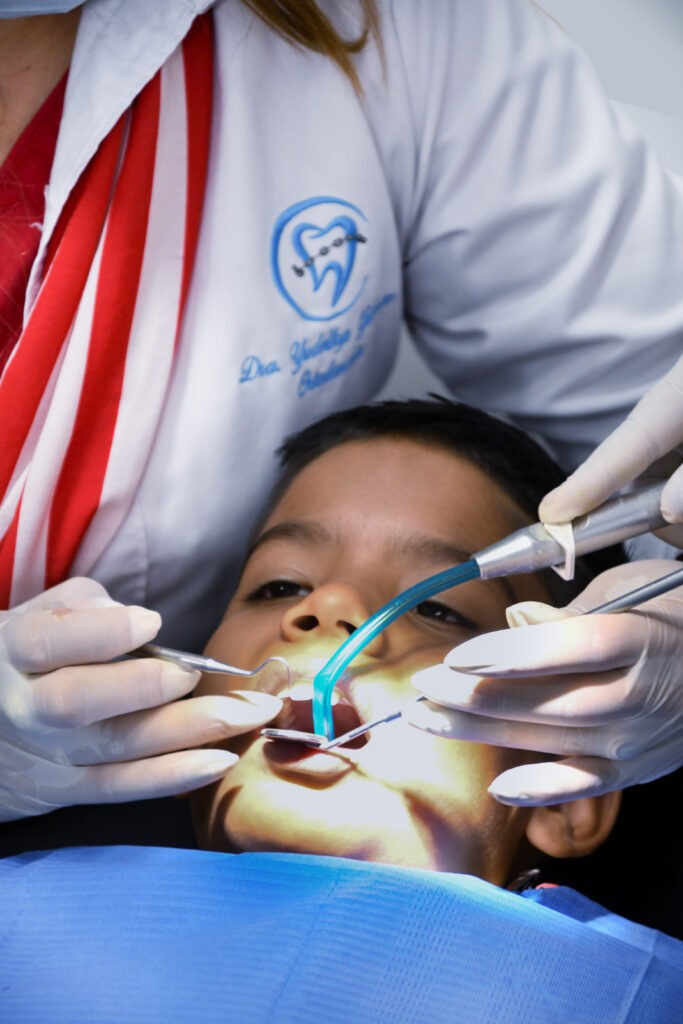
Aesthetic dentistry is a branch of dentistry that focuses on solving oral problems to achieve aesthetic results. Since a good image helps improve self-esteem, these interventions contribute to physical and emotional well-being. Generally, these treatments are quite fast, effective and painless. Likewise, side effects are practically non-existent.



When is it advisable to request treatment?
There are cases in which the patient has suffered a blow that has damaged the harmony of the mouth, causing dental fractures that can prevent correct chewing. On the other hand, bad eating habits or the effect of tobacco can wear down the tooth, affecting its colour, causing cavities and weakening the gums. There are also malformations such as interincisal diastemas (excessive separation between the front teeth) or symmetry problems, with teeth that are unusually long or short. In short, any oral problem that leads to an aesthetic problem is likely to require aesthetic or cosmetic dentistry treatment.
At what age is it most common and why is it performed?
Generally, there is no specific age at which surgery is essential, since congenital malformations and accidents can occur at any age. However, after the age of 40, it is more likely that the gums will weaken and that problems have been suffered that may have damaged the teeth. In these cases, cosmetic dentistry is carried out to whiten teeth, correct asymmetries and repair fractures. After this age, it is also common to replace teeth with prostheses.



What specialists perform the treatment?
Although this definition of dentistry was initially seen more as a whim than a necessity, today the vast majority of dentists offer aesthetic treatments with their own techniques and significant technological development. And not only that. Specialists carry out detailed diagnoses and specific plans for each patient.
